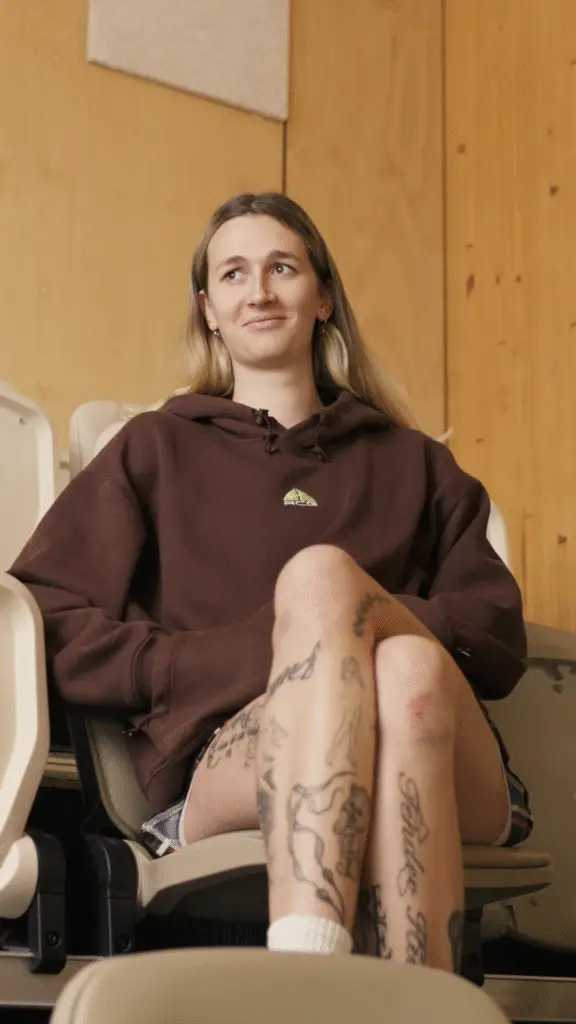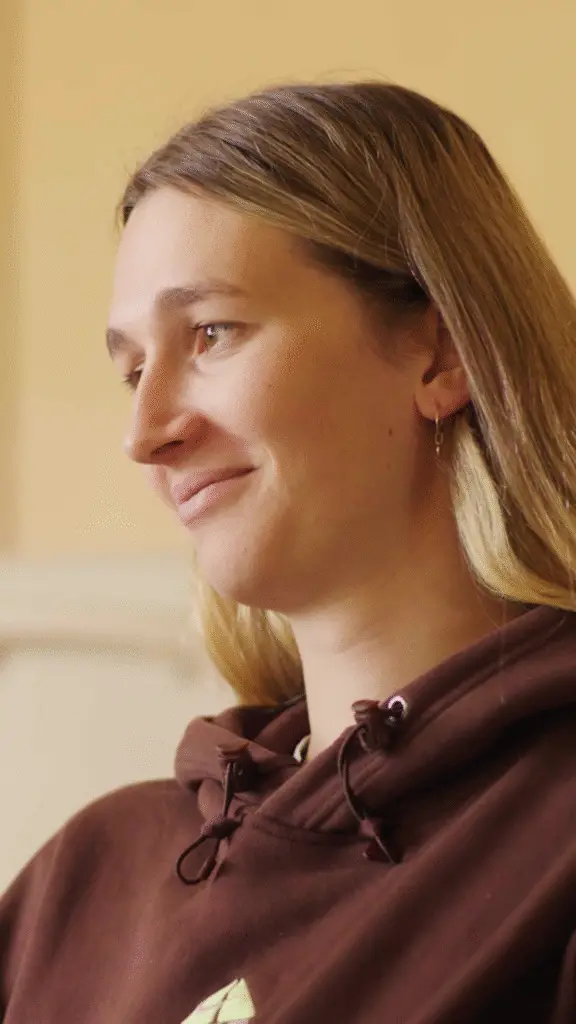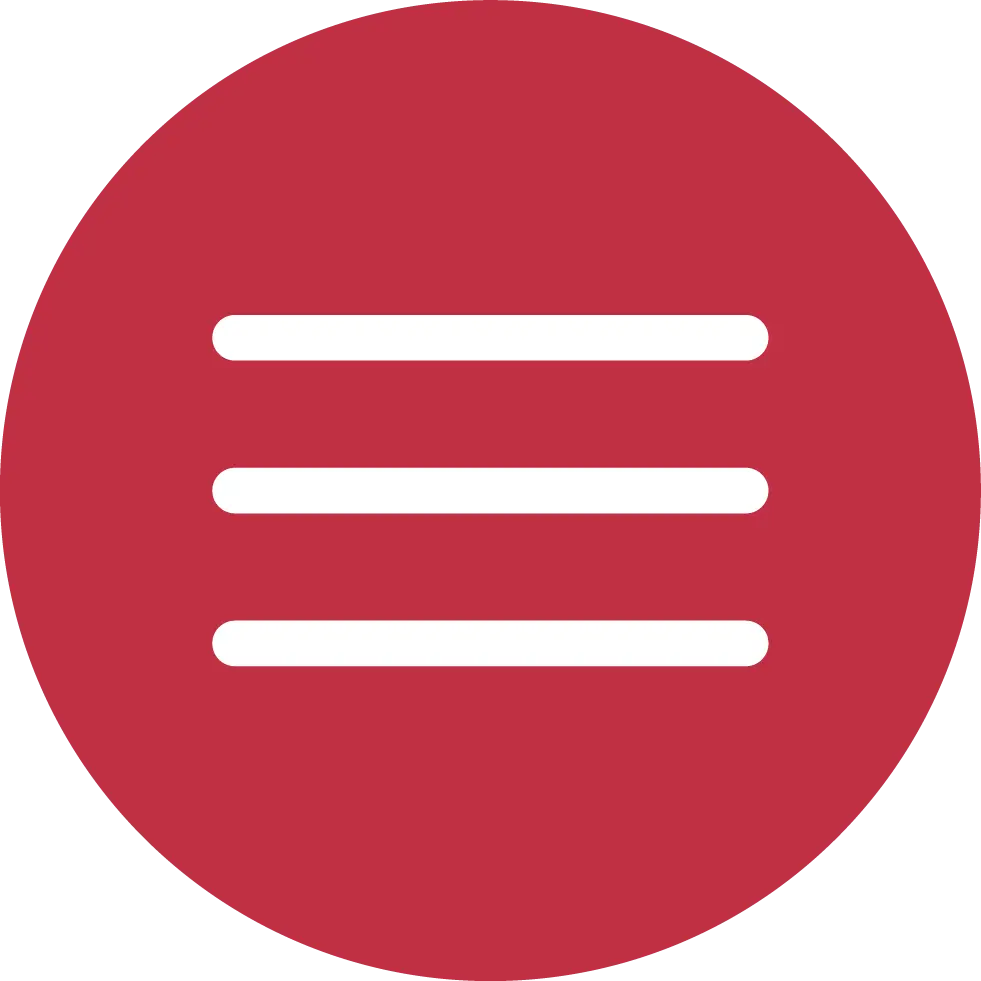Just over a year has passed since, for a second time, I was deemed ineligible to participate in Australia’s second-tier women’s basketball competition; the NBL1. I sit here still scarred and weary of the volatility that comes with public scrutiny, and yet my experience with professional basketball over the course of 2023 and 2024 is one that deserves a voice. Politicians, influencers, and keyboard warriors are fast to hyperbolise the very circumstance I lived through; that of the transgender female athlete. Privately, with undeniable tenacity, I fought long and hard for the inclusion of myself among the professional basketball leagues of this country.
Many may be quick to lazily paste the label of ‘advocate’ across my chest; a role I have never identified with nor actively sought to fulfil. But my experience is one of reality, a legitimate exploration of the layers that many hypothesise about with wild fantasies of offensive stereotypes. I believe it is time to do away with that nonsense, and to shed light on what a transgender athlete experience honestly looks like. One small piece of that experience is in the dichotomy of ignorance as I made the return to elite sport. Ignorance, for all its ambiguities, was my best friend-turned-fiercest adversary, the hand that wielded both sides of a sharp blade.
In late 2022, having caught the eye of an ex-player at a work basketball event, my details found their way to an NBL1 coach. I organised a coffee to discuss the prospect of playing, still unsure if I was ready to recommit to a basketball career as a 23-year-old. After a discussion of my junior career and with the caveat that the players of the team would need to be spoken with and comfortable first, we agreed upon my inclusion at an end-of-year training session. Reflecting on the conversation now, we were both ignorant; nervously aware that some undefinable problem may arise from the concept of a transgender woman sharing the court with cisgendered women in a competitive environment. My eventual teammates may have been ignorant too, but the prevailing sentiment seemed to be ‘let’s just see what happens’.

What happened on that fateful December night, was that I failed to run out the session; I was beneath the level of fitness and physicality the level demanded. I missed more shots than anyone else and was a step slow on every play. That self-conscious lump in my throat, that ignorant voice in the back of my head, died with an embarrassed whimper. My inclusion was uneventful, uninteresting, and in practical terms unproblematic. But as any athlete knows, there is no feeling like that one scratching the competitive itch in your head, when you leave everything you have on the court only to be challenged, pushed to work harder, to be better. I was hooked, as I was as a junior basketballer at Kilsyth, as I was as a young volleyballer representing my country. In the aftermath of that brutal December night, I was invited back in the new year; to attend preseason and prove I could earn a position on the team. In the month between then, there wasn’t a day I didn’t step foot onto a basketball court. Every day, hours at a time; hundreds of reps, dozens of sprints, buckets of summer sweat.
Come February 2023, I could run sessions out without any problems. My dormant skills and years-old muscle memory had reawakened, and I could just about hold my own. None of us knew what to expect at the onset of my inclusion, but we expected, well, something. When there was no ugly flipside, no elephant in the room, no tough conversation to have, it took me by empowered and overjoyed surprise. In just a month of summer preseason, a collective ignorance was rapidly reduced to normality in the haze of thirty-degree scrimmages. It was that sense of normality that birthed a new kind of ignorance; the idea that things were going to be fine. People would see me play (which was discussed to be off the bench come opening day) and have those expectations of outrage quashed by my competitive yet unremarkable presence, right?
Wrong.
I played in three preseason matches for Kilsyth in 2023, the only three matches I would play as a member of any professional or semi-professional women’s team. I was outmuscled, and outskilled by my opponents in those games, but offensively I could justify those shortcomings, albeit still adjusting to the speed of the game. Following the third match, a complaint was filed regarding my participation. An official eligibility process was created by the state body, and I was disallowed from competing in matches until that would conclude. A month or so later, I was advised that I would be cleared to play in a matter of days. However, after a high-profile tweet from a male ex-player, the national body stepped in to create its own process regarding my eligibility, which they never granted.

Publicly, speculation and hypotheticals suddenly controlled the narrative, as they tend to when it comes to transgender athletes. After a mostly nerve-settling and empowering preseason, ignorance reared its head, this time much uglier than before. In an age of echo chambers and algorithms, there is no combatting the personalised affirmations of stranger’s opinions, informed or otherwise. There is little I could do to challenge the overwhelming noise, and after a lone attempt to do so via Opal Anneli Maley’s podcast, the backlash prompted a realisation that any dignified public discourse was unlikely. If those who sought to tear me down watched me play, even the unremarkable reality would not change their tune. To them, it’s not really about that. I retreated to my roots as a writer and law grad, digging in for the long, bureaucratic battle behind closed doors; the battle that may have seen me play in 2024, instead of tweeting or podcasting about it to oblivion. But oh, how easily ignorance could hide in those cold and lonely trenches.
I remained a member of Kilsyth’s NBL1 team for the entirety of that year. I kept my locker, I trained every session, I waved towels and cheered my teammates alongside them on the bench of every match. The prevailing ignorance did not care to pay attention to that. I had been silenced and banned from playing matches, and so long as I was out of public sight and mind, it appeared satiated. Confrontation is not in my nature, but hard work is. No stone was left unturned in my struggle to return to playing high-performance basketball – I exhausted every avenue I had to train, to advocate, to draft, and to research.. Kilsyth had a new coach in 2024, and by no fault of my own, despite my abilities, I was not worth the trouble for anyone. When another season passed, and it was apparent that the powers that be simply wouldn’t overcome the fear and the ignorance, it left me in ruin. An apathetic basketball community had slowly reached a painful consensus; it didn’t want me.
@transathletica.series HOOPS launches this week 🏀 First drop coming this Thursday morning, September 4. Don't miss it! #womenssports #transgender #transwomenarewomen #womensbasketball #wnbl #wnba ♬ original sound – HOOPS
By August of that year, following the second denial of my eligibility to play NBL1, I’d begun playing a handful of matches at the only level of basketball I was permitted to, in a suburban community domestic league I simply did not belong in. My love for the game had eroded, turned rotten by the exclusion I’d been subject to that year. The itch that – for the year prior at Kilsyth – was scratched by my determination, had turned into a toxic, self-esteem-eating disease. I was good enough to play; I’d worked hard enough and competed against enough players at the level to be sure of it. But to be transgender, and to be publicly dragged across the coals for it 12 months earlier, for many that was what drew the cross through my name. I became cloaked by a brutal depression, poked at with suicidal thoughts, entirely beholden to the humiliation and loneliness I was experiencing. I stepped away and tried coming to terms with the very sacrifice that kept me from returning to high-performance sports after I transitioned in the first place; ‘I am a transgender-female athlete, and whether I like it or not, there is no place in high-performance sport for me’.
One day, I will offer the whole story, warts and all, to those who wish to hear it. There are so many moments, so many details and nuances that deserve to be part of this whole conversation. My experience is unique, and deeply valuable to those who wish to learn and to progress with this dialogue of meaningful inclusion and fairness at elite levels of sport. I am still learning how best to uphold the dignity those conversations require, to protect it from the usual misinformation, rhetoric, and uneducated opinion. In 2023, following that first denial of eligibility, I was approached by Hannah McElhinney, author of ‘Rainbow History Class’. She asked if I might be interested in documenting my journey towards playing in NBL1. In my optimism at the time, I agreed, seeing it as an opportunity to show people a behind-the-scenes journey, a piece of visibility for gender diverse people to look to and celebrate. Obviously, those expectations were never met, but in the upcoming release of HOOPS, I hope that people can see a human side of this story, to experience just some of the invisible struggle, and to understand the impact of ignorance in its many forms, both as an unlikely ally and a stubborn foe. My happily ever after never came with basketball, and it never will, but it is my hope that for some brave woman one day, they get the fairytale ending they deserve: inclusion and success at the highest level of sports.
The first episode of HOOPS is available to watch on Instagram and TikTok,
If you anyone you know requires confidential support, please reach out to QLIFE on 1800 184 527. QLIFE is a free telephone and web-based counselling, referrals and support for LGBTQ+ people and their families.
Top photo – Pictured: Lexi Rodgers, Source: Supplied

